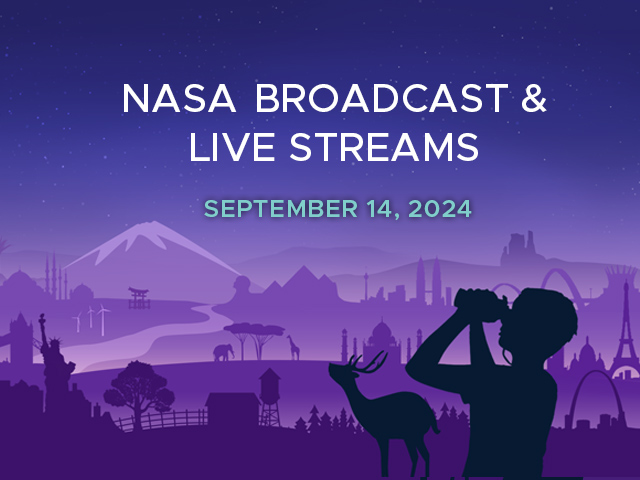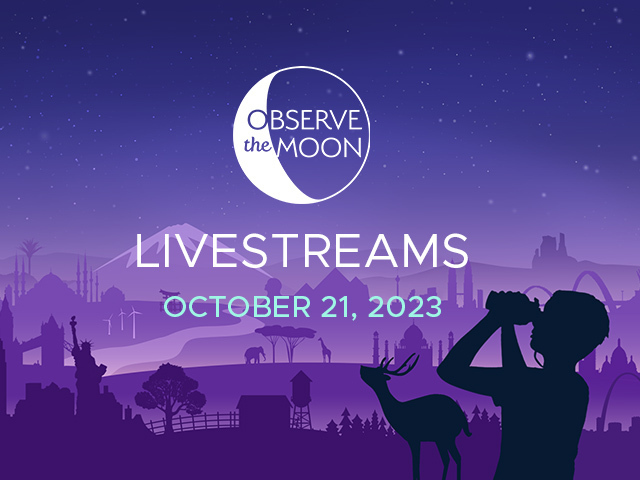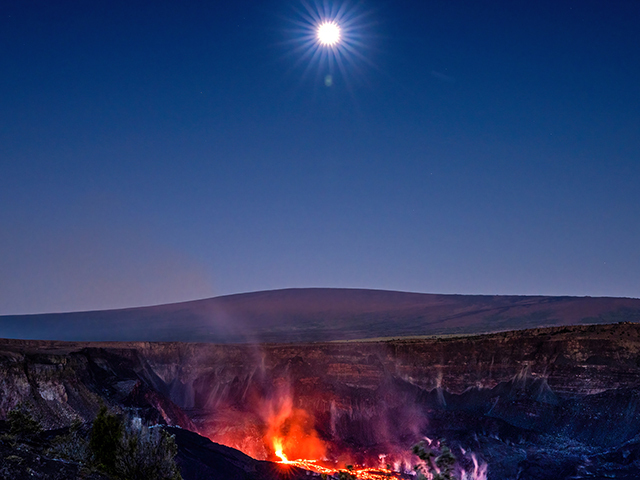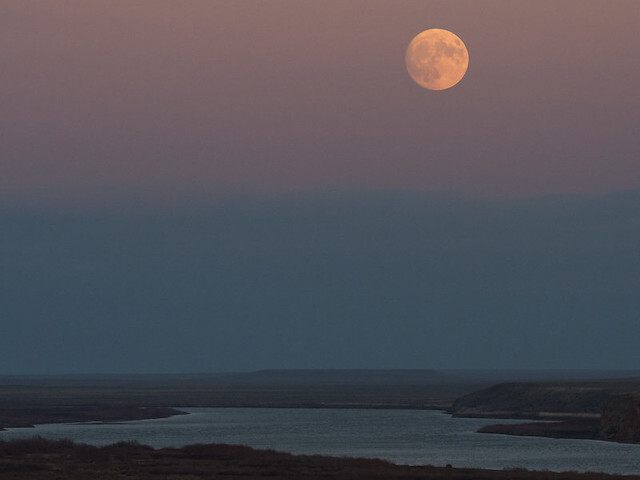News | December 1, 2017
A Supermoon Trilogy
Mark your calendars: a series of three supermoons will appear on the celestial stage on Dec. 3, 2017, Jan. 1, 2018, and Jan. 31, 2018.
A supermoon is a Moon that is full when it is also at or near its closest point in its orbit around Earth. Since the Moon’s orbit is elliptical, one side (apogee) is about 30,000 miles (50,000 km) farther from Earth than the other (perigee). Nearby perigee full Moons appear about 14% bigger and 30% brighter than full Moons that occur near apogee in the Moon's orbit.
“The supermoons are a great opportunity for people to start looking at the Moon, not just that once but every chance they have!” says Noah Petro, a research scientist from NASA’s Goddard Space Flight Center.






